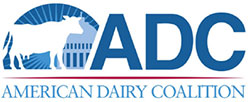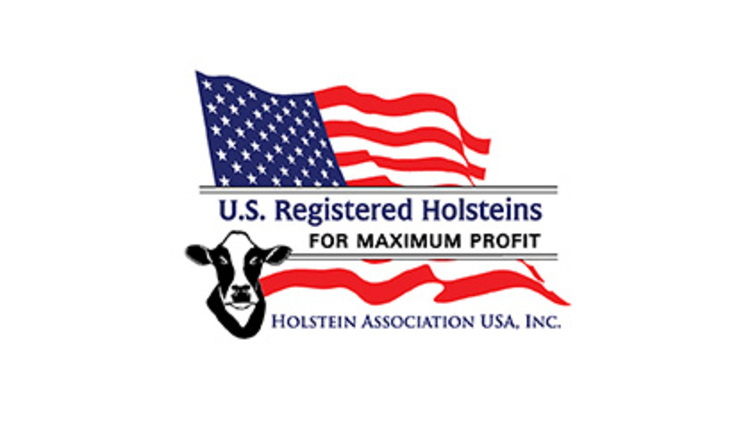The information below has been supplied by dairy marketers and other industry organizations. It has not been edited, verified or endorsed by Hoard’s Dairyman.

This is a huge disappointment, but we aren’t giving up and will provide additional Public comments to the FDA as soon as the new FDA guidance opens up for comments.
Specifically, the FDA draft guidance “recommends that a plant-based milk alternative product that includes the term ‘milk’ in its name, and that has a nutrient composition that is unlike milk, may include a voluntary nutrient statement on their label that conveys how the product compares with milk based on the USDA Food and Nutrition Service (FNS) fluid milk substitutes nutrient criteria.
USDA’s FNS sets specific levels of calcium, protein, vitamins A and D, magnesium, phosphorus, potassium, riboflavin, and vitamin B-12 for milk substitutes in federal feeding programs. The voluntary statement for a fake milk alternative -- if they decide to redo their product labels and include it -- would state the difference in content between their non-milk product and the USDA criteria, not their product compared to actual real MILK, and not their product vs. bioavailability of these and other nutrients in actual real MILK.
Remember, this disclaimer is voluntary, and not required. The FDA draft guidance allows the food industry to continue to use the term 'milk' to describe fake alternatives with no plan to enforce the FDA's own policy standards of identity for milk. For decades, FDA has disregarded 'enforcement discretion' to allow this.
Simultaneously, FDA also released a “Consumer Update” on Feb. 22 attempting to educate consumers on how to interpret nutrient labels, stating: “The milk section of the dairy case isn’t what it used to be. Along with milk, there’s a growing variety of plant-based milk alternatives. While many plant-based milk alternatives have the word ‘milk’ in their name, the nutritional content can vary between the products, and many of them don’t have the same amount of calcium and vitamin D, or other nutrients as milk. So, what should you look for when choosing plant-based milk alternatives? The Nutrition Facts label on the packaging can help you choose the best products to meet your nutrient needs and those of your family. to make their own choices when buying plant-based milk.”
In this communication, FDA, itself, uses the term 'milk' to describe plant-based alternatives, stating that consumers should check nutrition labels to "make their own choices when buying plant-based milk."


